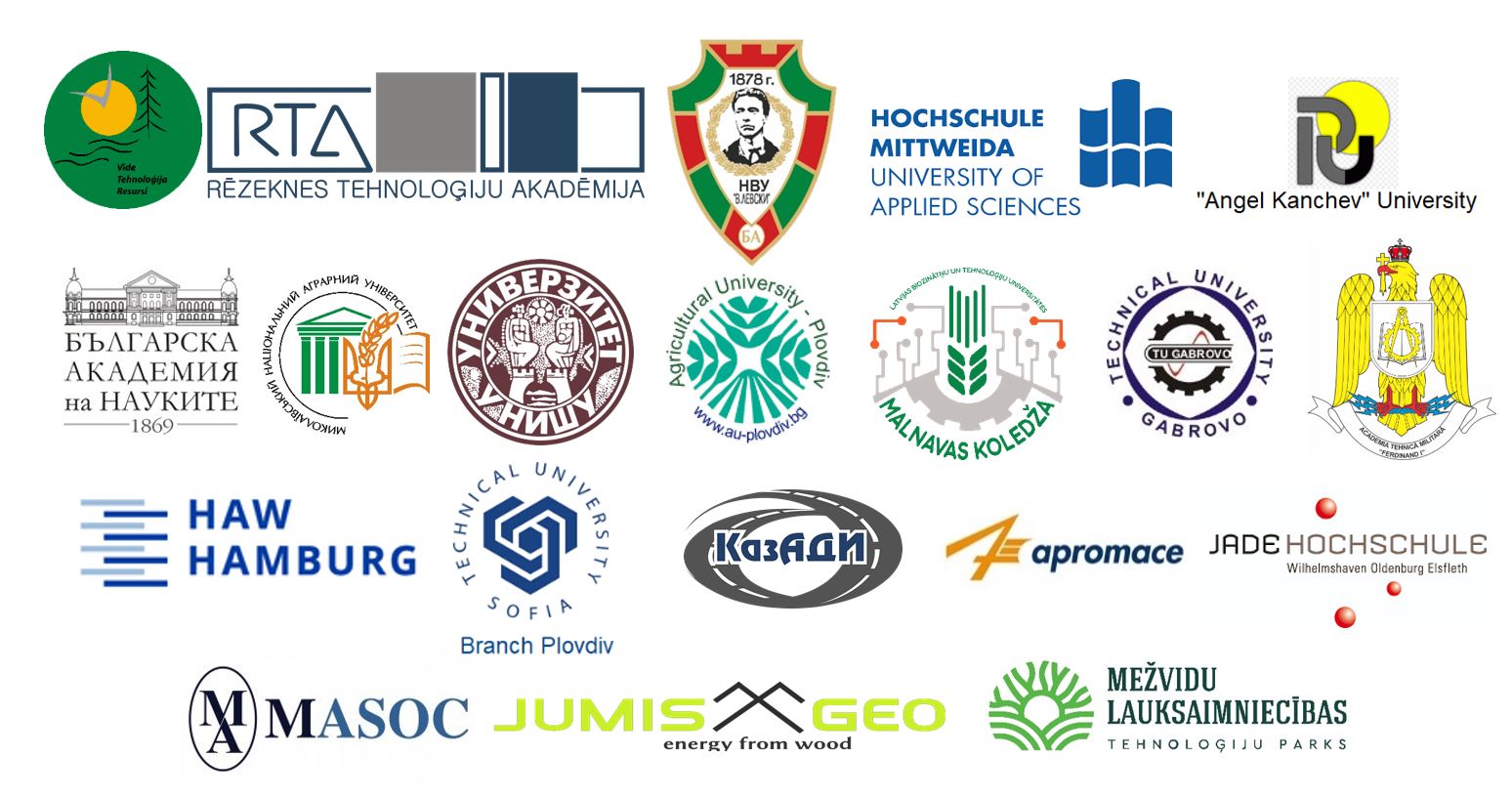FINANCIAL MANAGEMENT OF MICRO-ENTERPRISES IN LATVIAN FISHERIES SECTOR
Last modified: 07.05.2021
Abstract
competitiveness of the Latvian fisheries sector in the long term depends on thought-out financial management of enterprises and objective and timely identification of various risks. Sound and innovation- and knowledge-based entrepreneurship can contribute to substantial success and growth. The aim of the research is to assess the financial management of micro-enterprises in the Latvian fisheries sector, at the same time providing recommendations for the need in structural reforms and ensuring sustainable financial stability. Based on the chosen assessment methodology, the skills and opportunities of micro-enterprises in creation of capital structure, distribution of financial resources and return were analysed. The information reflected in the framework of the research can assist the institutions, entrepreneurs and researchers involved in establishment and implementation of fisheries policy to better understand the need in successful financial management to ensure a sustainable operation of the sector.
Keywords
References
A. Gasior, “Financial liquidity analysis of CSR based Capital Group Zywiec SA”, Amfiteatru Economic, vol. 15(7), pp. 784-801, 2013.
Agriculture Ministry, “Rīcības programma Zivsaimniecības attīstībai 2014.-2020. gadam (Operational Programme for Development of Fisheries 2014-2020)”, 130, 2014 (In Latvian).
B. Bayaraa, “Financial Performance Determinants of Organizations: The Case of Mongolian Companies”, Journal of Competitiveness, vol. 9(3), pp. 22-33., doi: 10.7441/joc.2017.03.02., 2017.
B. Walheer, “Labor productivity and technology heterogeneity”, Journal of Macroeconomics, vol. 68, 103290, 2021.
Central Statistical Bureau, Database. [Online]. Available: http://data.csb.gov.lv/pxweb/en/?rxid=cdcb978c-22b0-416a-aacc-aa650d3e2ce0. [Accessed: April 4, 2021] (restricted access data).
D. Hertina, A.F. Pranata, R.E. Aulia, “The influence of current ratio, debt to equity ratio and company size on return on assets”. Turkish Journal of Computer and Mathematics Education, vol. 12(8), pp. 1702-1709, 2021.
European Commission, “Commission Regulation (EU) No 651/2014 declaring certain categories of aid compatible with the internal market in application of Articles 107 and 108 of the Treaty”, Official Journal of the European Union, L 187/1, 78, 2014.
I. Biukšāne, “Latvian fisheries sector cluster”, International Multidisciplinary Scientific GeoConference Proceedings, vol. 18 (5.4.), pp. 465-472, doi: 10.5593/sgem2018/5.4/S23.059, 2018.
L.G.V. Springate, Predicting the Possibility of Failure in a Canadian Firm: A Discriminant Analysis. Canada: Simon Fraser University, 164, 1978.
M. Branten, J. Alver, “Profitability Measurement and Analysis in Estonian Business Practice”, Proceedings of the 5th International Conference on Accounting, Auditing, and Taxation (ICAAT 2016), vol. 27, pp. 8-22, 2016.
M. Dimitric, I.T. Zikovic, A.A. Blecich, “Profitability determinants of hotel companies in selected Mediterranean countries”, Economic Research-Ekonomska Istrazivanja, vol. 32(1), pp. 1977-1993, doi: 10.1080/1331677X.2019.1642785, 2019.
R.S. Njotoprajitno, “Effect of Return on Asset, Return on Equity, Net Profit Margin, Debt to Asset Ratio and Debt to Equity Ratio to Dividend Payout Ratio of Public Companies Listed in Sharia Securities List in Indonesia Stock Exchange 2009-2012”, 2nd World Conference on Islamic Thought & Civilization Proceedings, pp. 1070-1086, 2014.
Rural Support Service, Database. [Online]. Available: http://lad.gov.lv/lv/. [Accessed: April 4, 2021] (restricted access data)


